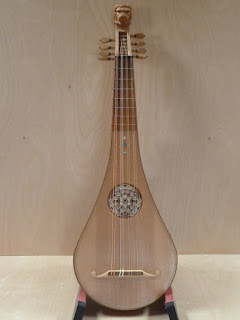The name comes not from a signature on the work itself, but from a comment made centuries later by a 16th-century Polish historian who was bishop of Warmia (a region in northern Poland). In the margin of one copy of the Gesta, this man wrote:
Gallus hanc historiam scripsit, monachus, opinor, aliquis, ut ex proemiis coniicere licet qui Boleslai tertii tempore vixit
"Gallus wrote this history, some monk, in my opinion, who lived in the time of Boleslaus III Wrymouth, as can be conjectured from the preface."
To be frank, we don't know if the bishop meant that the author's name was Gallus, or if he was saying the author was Gallic (French). Arguments for his having been French are that the writing shows a style and level of education more consistent with that part of Europe than with early 12th-century Poland. Similarities to the style of Hildebert of Lavardin suggest that the two were educated at the same place, Le Mans.
More recent Polish historians have suspected that Gallus may have also been the author of the Gesta Hungarorum ("Deeds of the Hungarians") and the Translatio Sancti Nicolai ("The Transfer of St. Nicholas"), about the moving of the relics of St. Nicholas to Bari in 1087. This would also suggest a strong Italian influence in his upbringing.
Because Gallus writes so much about Bolesław III, Duke of Poland, it is conjectured that he may have traveled with the Duke. The tone of Gallus' history emphasizes that the ruler's authority is superseded by God's. We see a hint of this in yesterday's post about Bolesław's blinding of Zbigniew and his subsequent excommunication, how he lost the support of the people so thoroughly. It is said that this influenced Poland's historical tendency to question authority.
Since I'm on the subject of historians, let's turn to Hildebert of Lavardin next.












